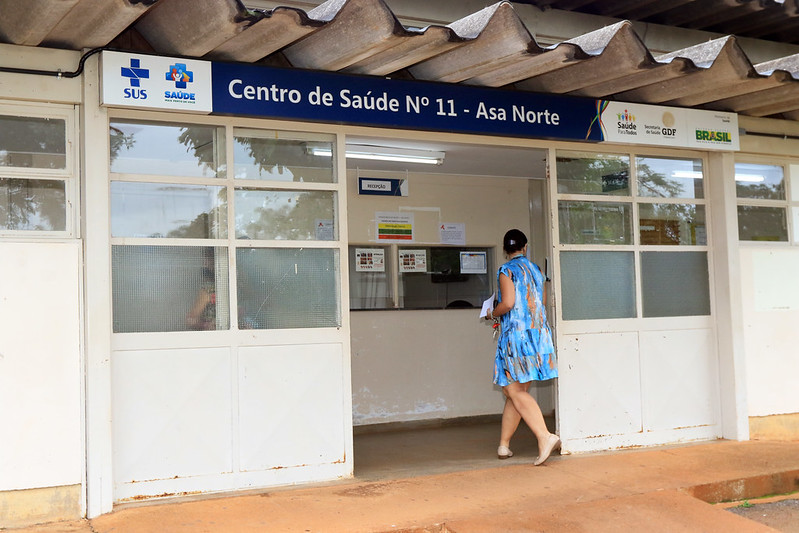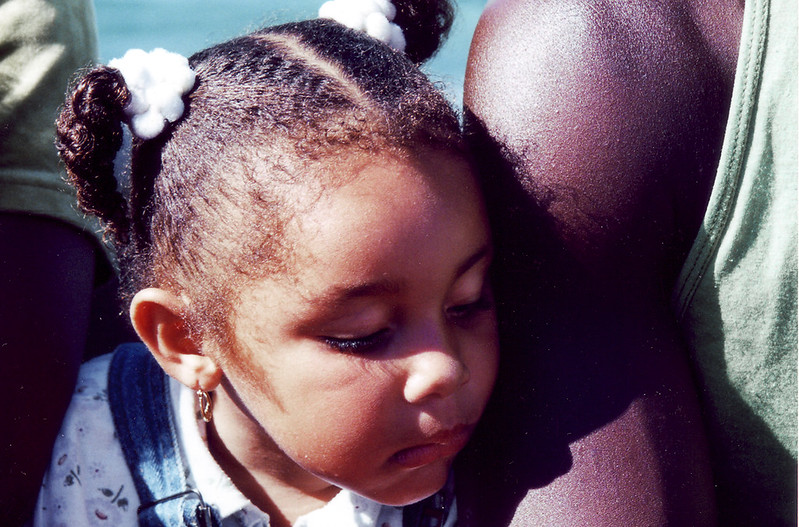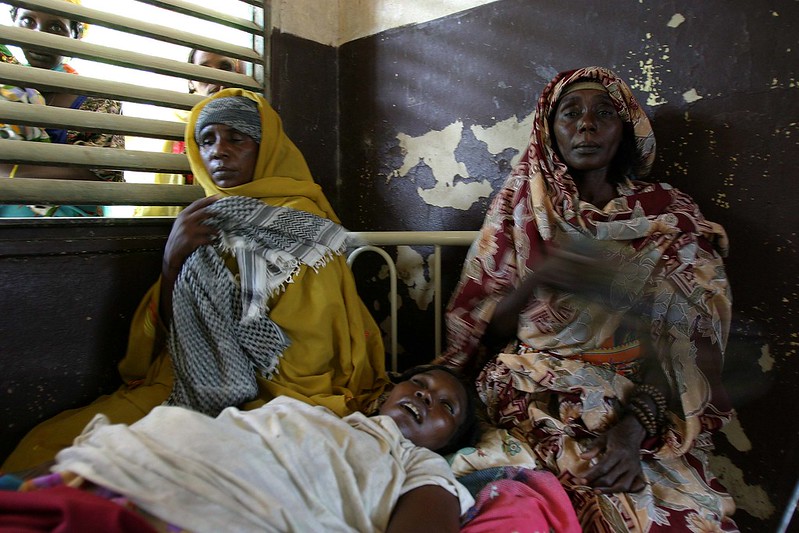 Lebanon’s medical system faces immense strain as ongoing conflict with Israel has led to widespread damage to health care facilities and personnel. Israeli airstrikes across the country—particularly in southern Lebanon and Beirut—have severely impacted the health care sector, which continues to struggle to rebuild. Reports indicate that 63% of health transports and 26% of medical facilities have been affected. Previously regarded as one of the strongest health care systems in the Arab world, Lebanon’s medical infrastructure now faces severe limitations in providing adequate care.
Lebanon’s medical system faces immense strain as ongoing conflict with Israel has led to widespread damage to health care facilities and personnel. Israeli airstrikes across the country—particularly in southern Lebanon and Beirut—have severely impacted the health care sector, which continues to struggle to rebuild. Reports indicate that 63% of health transports and 26% of medical facilities have been affected. Previously regarded as one of the strongest health care systems in the Arab world, Lebanon’s medical infrastructure now faces severe limitations in providing adequate care.
Impact on Medical Infrastructure and Personnel
The conflict has resulted in repeated strikes on hospitals and medical centers across Lebanon. Between October 2023 and November 2024, 226 health workers and patients lost their lives, while another 199 suffered injuries. Although international humanitarian law protects medical facilities during armed conflicts, Lebanon’s health care workers have endured significant casualties and disruptions. The Rafik Hariri University Hospital in Beirut, the city’s largest medical facility, sustained heavy damage from an airstrike. Reports indicate that 13 people were killed and more than 60 others injured, further diminishing Lebanon’s ability to provide critical medical care.
Health Care System Under Economic Strain
A weakened economy had already placed Lebanon’s health care system under significant pressure before the war escalated. As of May 2024, 44% of the population lived in poverty, with rates reaching 70% in Akkar, one of the country’s poorest regions. A prolonged liquidity crisis devalued the Lebanese pound, making it increasingly difficult for hospitals to purchase essential medicines, retain medical staff or maintain equipment. Many public hospitals struggle to function due to a lack of financial resources.
International Aid Organizations
Several international organizations continue to provide medical aid, transport and disease prevention programs, working to preserve access to health care across the country.
- International Organization for Migration (IOM). Since 2006, the IOM has focused on medical and psychological support for Palestinian and Iraqi refugee communities in Lebanon. During the conflict, IOM facilitated medical transport for more than 4,000 people, assisted in rebuilding health facilities and launched telehealth programs to ensure continued patient access to care. A cholera prevention campaign was implemented in response to concerns about potential outbreaks due to deteriorating sanitation infrastructure.
- International Medical Corps. Operating in Lebanon since 2006, the International Medical Corps supports a network of 50 health care clinics and dispensaries. The organization provides disease prevention programs, patient consultations and medical treatment for displaced and vulnerable populations. Health awareness initiatives have also been implemented to educate residents on preventing the spread of infectious diseases.
- Doctors Without Borders (Médecins Sans Frontières – MSF). The psychological toll of war remains a growing concern in Lebanon. Doctors Without Borders currently operates two mental health helplines, providing psychological support to those affected by the ongoing conflict. Reports suggest that two-thirds of Lebanese citizens are experiencing mental health disorders due to war-related trauma. The demand for psychiatric care and counseling services continues to rise, placing additional strain on an already fragile health care system.
- KSrelief. The King Salman Humanitarian Aid and Relief Center (KSrelief) has played a crucial role in providing health care services to Syrian refugees in Lebanon. At the Akkar-Bebnine Health Care Center, 2,689 patients received medical treatment in December 2024 alone. KSrelief’s contributions have been essential in addressing the medical needs of displaced communities who otherwise have limited access to health care services.
Future Prospects
At the beginning of 2023, Lebanon’s Ministry of Public Health introduced Vision 2030, a long-term strategy aimed at revitalizing Lebanon’s medical system. However, the ongoing conflict has severely hindered its implementation, making immediate health care recovery efforts more urgent. International organizations and humanitarian groups continue to provide critical support, but Lebanon’s health care sector remains under immense strain. Rebuilding medical infrastructure, securing funding and addressing the long-term psychological and physical health consequences of the war remain significant challenges. Continued international aid, government intervention and economic recovery efforts could play a crucial role in determining the future of Lebanon’s medical system.
– Charley Dennis
Charley is based in London, UK and focuses on Global Health and Politics for The Borgen Project.
Photo: Flickr
 Children with disabilities face
Children with disabilities face  Approximately 1.2 billion people live in acute, multidimensional poverty
Approximately 1.2 billion people live in acute, multidimensional poverty  At the end of 2023,
At the end of 2023, 
 In May 2024, Belize achieved certification from the World Health Organization (WHO) for
In May 2024, Belize achieved certification from the World Health Organization (WHO) for 
 Mosquitoes play dual roles in ecosystems worldwide as major pollinators and a key food source. They also spread life-threatening diseases such as
Mosquitoes play dual roles in ecosystems worldwide as major pollinators and a key food source. They also spread life-threatening diseases such as  Ongoing conflicts in Sudan, Syria and Yemen have devastated public health institutions and affected millions. In Sudan, more than two-thirds of main hospitals are out of service, leaving
Ongoing conflicts in Sudan, Syria and Yemen have devastated public health institutions and affected millions. In Sudan, more than two-thirds of main hospitals are out of service, leaving  Located in the Caribbean, Saint Lucia is a small island nation with a population of just under 200,000. Like many Small Island Developing States (SIDS), it faces challenges such as limited technology and overwhelmed health care services, making its population vulnerable to poor health. Noncommunicable diseases (NCDs) like hypertension and diabetes reportedly account for approximately
Located in the Caribbean, Saint Lucia is a small island nation with a population of just under 200,000. Like many Small Island Developing States (SIDS), it faces challenges such as limited technology and overwhelmed health care services, making its population vulnerable to poor health. Noncommunicable diseases (NCDs) like hypertension and diabetes reportedly account for approximately 